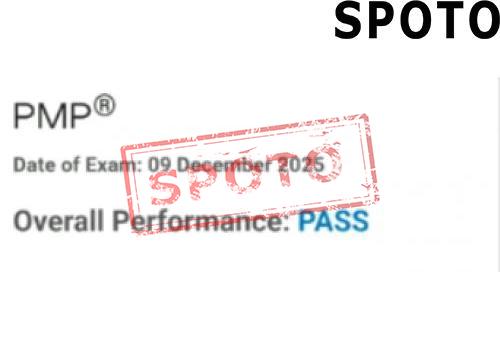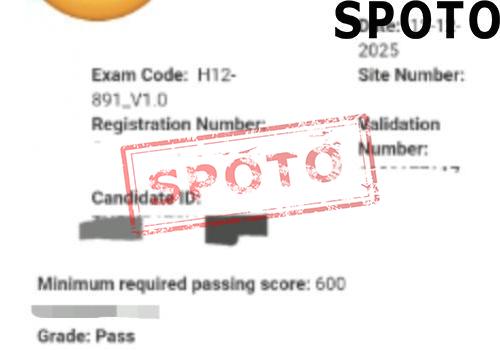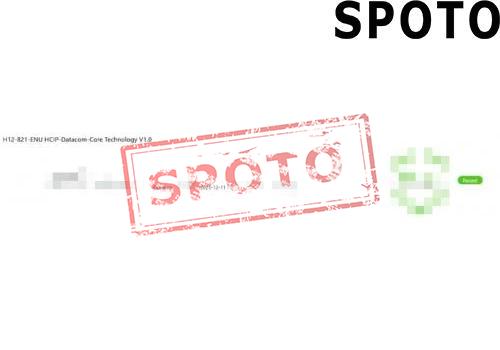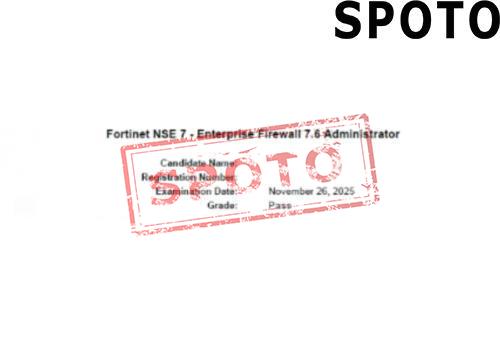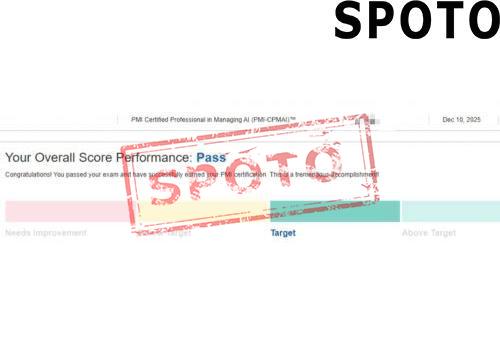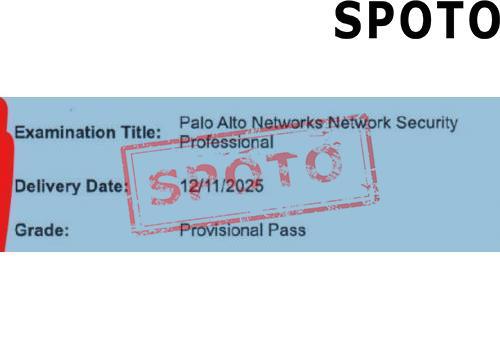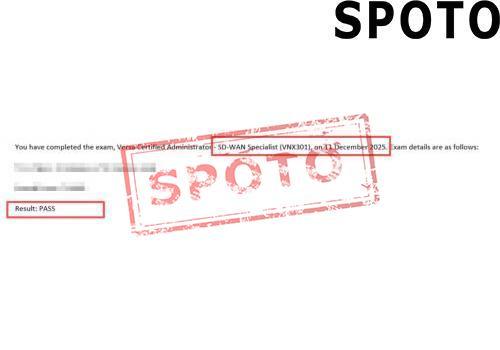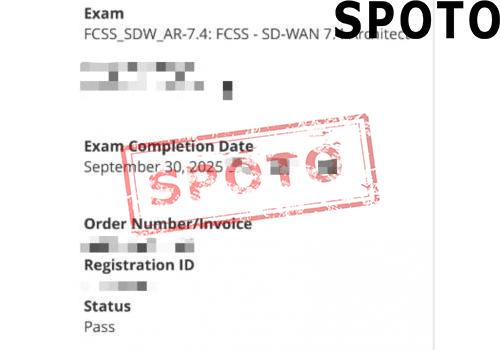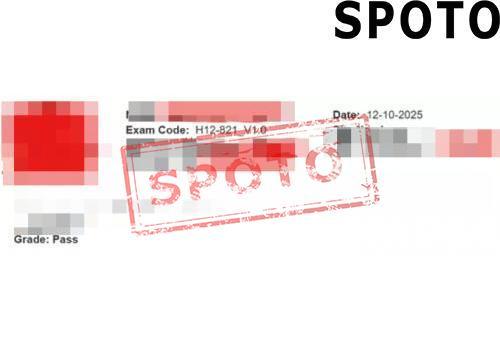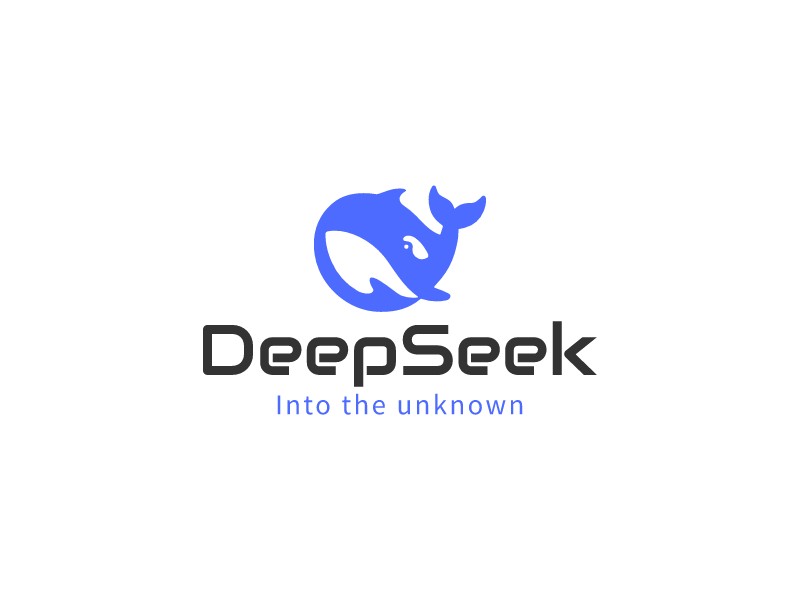
Table of Contents
In the current fervor surrounding DeepSeek, everyone is eager to experience the full capabilities of these large models and enjoy the smooth output they provide. However, it's essential not only to know how to use DeepSeek but also to understand why it is so powerful. Let's explore the secrets behind these two impressive models in a way that even those without a technical background can easily grasp.
DeepSeek from entry to mastery (Tsinghua University) PDF Downlod
What Are Large Language Models?
Before delving into the specifics of DeepSeek-R1 and GPT-4o, let's first understand what large language models are. These models can be thought of as super-intelligent language assistants that, after learning from vast amounts of text data, can understand human language and generate corresponding responses based on your questions or instructions. For example, if you ask, "What's the weather like tomorrow?" or "Write a short essay about travel," they can provide answers. These models are like knowledgeable scholars with a vast amount of information ready to address your queries. DeepSeek-R1 and GPT-4O are two standout performers among many large language models, each with unique capabilities and characteristics.
Differences in Underlying Principles between DeepSeek R1 Lite Lite and GPT-4o
Model Architecture
DeepSeek-R1's Architectural Features
DeepSeek-R1 employs some unique architectural designs, with the most critical being the Mixture of Experts (MoE) architecture.
To put it simply, the MoE architecture is like a large team of experts, where each expert is a small neural network specializing in different fields. When you pose a question, a "routing" mechanism decides which expert or group of experts should handle it.
For example, if you ask a math question, it will be routed to the math expert; if it's a language-related question, it goes to the language expert. The advantage of this approach is that the most suitable expert handles different types of questions, improving efficiency and reducing computational costs.
Imagine we have a large number of document classification tasks, with some documents about technology and others about history. The MoE architecture can assign technology-related documents to experts familiar with that field and historical documents to history experts. Just like in a company where professionals are assigned to tasks they excel in, efficiency is greatly enhanced.
Moreover, DeepSeek-R1 uses a dynamic routing mechanism to achieve sparse activation. This means that not all experts are activated during each task; only the necessary ones participate, significantly reducing unnecessary computations and saving resources.
Additionally, DeepSeek-R1 incorporates a Multi-Head Latent Attention (MLA) mechanism.
When processing language, models need to focus on the relationships between different parts of the text. Traditional Transformer architectures face bottlenecks with KV Cache (which can be thought of as a cache for storing key text information), consuming a lot of memory. The MLA mechanism acts like a smart "compression expert," reducing the storage requirements for KV Cache through low-rank joint compression.
For example, consider a long story with many characters and plotlines. Traditional methods might require a large amount of space to store the relationship information between these characters and plotlines. The MLA mechanism can cleverly compress this information, reducing storage needs while maintaining an understanding of the story. This makes the model more efficient when handling large volumes of text.
GPT-4o's Architectural Features
GPT-4o is based on the Transformer architecture, which is widely used in large language models. The core of the Transformer architecture is the multi-head attention mechanism, allowing the model to focus on different parts of the input text simultaneously to better capture semantic and grammatical information.
For example, when we read an article, our brains focus on the beginning, middle, and end of the article, as well as the connections between different paragraphs. The multi-head attention mechanism in Transformers mimics this by using multiple "heads" to focus on different parts of the text in parallel and then integrating this information to gain a comprehensive understanding.
GPT-4o builds on this foundation by increasing the model's parameter scale and complexity to enhance its ability to handle complex language tasks. Although the exact number of parameters is not publicly disclosed, it is believed to be extremely large. This enables GPT-4o to perform exceptionally well in tasks such as long-text understanding, multi-turn dialogue management, and cross-domain knowledge transfer.
For instance, when processing a several-thousand-word academic paper, GPT-4o can effectively understand the core arguments, research methods, and conclusions of the paper and further analyze and discuss based on this information.
Summary of Architectural Differences
DeepSeek-R1's MoE architecture stands out in terms of efficiency and cost reduction through expert specialization and sparse activation. In contrast, GPT-4o's Transformer-based architecture focuses on enhancing its ability to handle complex language tasks through large-scale parameters and complex multi-head attention mechanisms. DeepSeek-R1 can be likened to an efficient "team of specialized experts," while GPT-4o is more like a knowledgeable and highly capable "super brain." The different architectural designs lead to differences in performance and application scenarios.
Training Data and Methods
DeepSeek-R1's Data and Training
DeepSeek-R1 employs a very meticulous approach to handling training data, using a "three-stage filtering method."
First, it uses regular expressions to remove advertisements and repetitive text from the data, much like cleaning up a bookshelf by discarding duplicate books and useless flyers, leaving only useful and clean content. Then, a BERT-style model is used to score the coherence of the remaining text, retaining only the top 30% of high-quality content.
This step is akin to selecting excellent articles, where only those with logical coherence and valuable content are kept. Finally, over-sampling is performed on vertical fields such as code and mathematics, increasing the proportion of professional data to 15%. For example, if we were training a chef, we would not only teach them general cooking knowledge but also focus on specialized training for certain dishes to make them a more comprehensive chef.
In terms of training methods, DeepSeek-R1 uses supervised fine-tuning (SFT) and reinforcement learning (RLHF). Supervised fine-tuning is like a teacher correcting a student's homework, pointing out what is right and what is wrong, and allowing the student to improve based on this feedback. Reinforcement learning is like letting the student practice continuously and improve their abilities by receiving rewards (such as good grades). By combining these two methods, DeepSeek-R1 can continuously optimize its language understanding and generation capabilities.
GPT-4o's Data and Training
GPT-4o's training data is diverse, covering a large amount of multi-language text, with a significant proportion of English data. During training, it employs supervised fine-tuning, multi-stage reinforcement learning (RLHF), and multi-modal alignment.
Multi-modal alignment is an important feature of GPT-4o because it supports multi-modal inputs (such as text, images, and audio), so it is necessary to align different modalities of data to enable the model to understand the relationships between different forms of information.
For example, when inputting an image and a text description of the image, the model needs to be able to correspond the content of the image with the text description and understand their relationship. Multi-stage reinforcement learning allows the model to learn and optimize at different stages based on different tasks and objectives, gradually enhancing its overall capabilities.
Summary of Data and Training Differences
DeepSeek R1 Lite focuses more on the processing and optimization of Chinese language materials, using meticulous data filtering and over-sampling in professional fields to enhance its capabilities in specific areas.
In contrast, GPT-4o's training data is more diverse, and it invests more in multi-modal processing and multi-stage reinforcement learning to improve its performance in complex multi-modal tasks and cross-domain tasks. It's like two students: one focuses on in-depth learning in a specific subject, while the other emphasizes comprehensive development across multiple disciplines, resulting in different capabilities.
If you're passionate about the AI field and preparing for AWS or Microsoft certification exams, SPOTO have comprehensive and practical study materials ready for you. Whether you're preparing for AWS's Machine Learning certification (MLA-C01), AI Practitioner certification (AIF-C01), or Microsoft's AI-related exams (AI-900, AI-102), the certification materials I offer will help you study efficiently and increase your chances of passing.
Click the links below to get the latest exam dumps and detailed study guides to help you pass the exams and reach new heights in the AI industry:
- AWS MLA-C01 study materials (click this)
- AWS AIF-C01 study materials (click this)
- AWS MLS-C01 study materials (click this)
- Microsoft AI-900 study materials (click this)
- Microsoft AI-102 study materials (click this)
By achieving these certifications, you'll not only enhance your skills but also stand out in the workplace and open up more opportunities. Act now and master the future of AI!
Is DeepSeek R1 Lite a Traditional Probabilistic Generation Model?
DeepSeek-R1 is not a traditional probabilistic generation model but a reasoning model based on reinforcement learning; GPT-4o is a typical probabilistic generation model. Below is a detailed comparison of the two in terms of model principles, training methods, generation mechanisms, application scenarios, advantages, and limitations.
Differences in Model Principles
-
DeepSeek-R1: It mainly relies on reinforcement learning, optimizing reasoning strategies through a reward mechanism. During training, it uses the Group Relative Policy Optimization (GRPO) framework, combining accuracy and format rewards to enhance reasoning capabilities.
For example, in mathematical problem reasoning, even if the exact answer is not known, generating content that conforms to mathematical principles and is logically consistent can earn rewards, guiding the model's learning process. Its reasoning process is similar to human thinking: it first identifies the problem, formulates solution steps, and then executes calculations or searches. It also self-validates during the process, adjusting the reasoning path if errors are detected.
-
GPT-4o: As a probabilistic generation model based on the Transformer architecture, it relies on the multi-head attention mechanism to understand text. It learns from vast amounts of text data, predicting the probability distribution of the next word or character to generate text. When generating, it selects the most probable word or character based on the probability distribution to ensure text coherence and reasonableness.
For example, when inputting "The weather today is very," the model will choose from high-probability words (such as "good" or "sunny") based on learned language patterns to continue the sentence.
Differences in Training Methods
-
DeepSeek-R1: It uses a multi-stage training process. First, supervised fine-tuning (SFT) is performed using thousands of high-quality examples to fine-tune the base model. For instance, using few-shot prompting with long reasoning chains (CoT) guides the model to generate detailed answers. Next, reinforcement learning is applied using the GRPO framework to enhance reasoning capabilities. Then, rejection sampling is used to collect new training data to further improve general capabilities. Finally, final reinforcement learning is conducted on various tasks to ensure overall performance.
-
GPT-4o: It depends on multi-modal training and large-scale data training. It supports multi-modal inputs such as text, images, and audio and uses multi-modal training to handle complex tasks, such as understanding image content and generating descriptions. It is trained using large-scale, high-quality multi-modal datasets to enhance natural language processing and multi-modal interaction capabilities. It also uses an end-to-end training method to uniformly train different modalities of data.
Differences in Generation Mechanisms
-
DeepSeek-R1: The generation of answers is not simply a matter of piecing together words but relies on reinforcement learning and reasoning chains (CoT). For example, in solving a math problem, the model first outputs a detailed reasoning process before providing the answer. The entire process is logical and well-founded.
-
GPT-4o: It generates text based on learned probability distributions. The generated content is coherent, but in complex reasoning tasks, it may not provide explicit and detailed reasoning steps like DeepSeek-R1. For example, when answering a complex scientific question, it may directly provide a conclusive answer, with the reasoning process hidden within the model and not easily visible to the user.
Application Scenarios and Advantages
-
DeepSeek-R1: It is suitable for scenarios requiring deep logical reasoning, such as math problem-solving, programming assistance, and scientific research. In mathematics, it can display detailed solution steps to help users understand. In programming, it can analyze code logic based on requirements and offer optimization suggestions. Its strengths lie in powerful reasoning capabilities and explainability, with reasoning processes in answers that facilitate user verification and learning.
-
GPT-4o: It is suitable for multi-modal fusion scenarios, such as image understanding and generation, cross-modal interaction tasks, and natural language processing general scenarios like text creation and question-answering systems. It excels at generating naturally flowing text content.
Limitations
-
DeepSeek-R1: Focusing on reasoning, it has limited capabilities in handling multi-modal information and cannot naturally integrate text, images, audio, and other forms of information like GPT-4o. Additionally, in generating open-ended text (such as creative writing), its flexibility may be inferior to that of GPT-4o.
-
GPT-4o: Although it performs well in multi-modal and language generation, its accuracy and explainability in tasks requiring high-precision reasoning are not as good as DeepSeek-R1. Moreover, large-scale training demands substantial data and computational resources, making it costly.
Distillation Models
Concept of Distillation Models
Imagine a highly knowledgeable scholar who has mastered a vast amount of information. Now, a group of students wants to acquire the same level of knowledge, but they cannot learn everything at once.
Distillation models are like a special teaching method that allows the scholar to quickly "transmit" the most critical and useful knowledge to the students, enabling them to gain similar capabilities in a shorter time.
In the world of large language models, the "scholar" is a large, complex model with many parameters, known as the "teacher model," while the "students" are smaller, simpler models with fewer parameters, known as "student models."
The distillation process involves transferring the knowledge acquired by the teacher model to the student model, allowing the student model to achieve similar performance to the teacher model while maintaining a smaller size and consuming fewer resources.
Distillation Models in DeepSeek R1 Lite
DeepSeek-R1 has a series of models obtained through distillation techniques, such as the 1.5b, 7b, 8b, 14b, 32b, and 70b models, all of which are student models distilled from a larger base model (similar to the teacher model).
Take the 671B model of DeepSeek-R1 as an example. It is like the highly knowledgeable "university scholar" with an extremely high parameter count and strong reasoning capabilities, capable of learning and memorizing a vast amount of knowledge and capturing complex language patterns and semantic relationships.
The 1.5b, 7b, and other models are the "students." During the distillation process, the 671B teacher model is first trained to achieve high performance in various language tasks.
Next, the trained 671B model makes predictions on the training data, generating a special type of "soft labels," which can be thought of as the key points of knowledge summarized by the scholar. Then, these soft labels, along with the original "hard labels" (which can be understood as basic knowledge points), are used to train the 1.5b, 7b, and other student models.
These student models learn from the soft labels generated by the teacher model, improving their performance just as students learn from the key points summarized by the scholar.
For example, in a text classification task, the teacher model (the 671B model) can accurately determine which category an article belongs to and can "perceive" the subtle semantic features and their connections to the category.
During the distillation process, it passes these "perceptions" to the student model (such as the 7b model) in the form of soft labels. The 7b model, by learning these soft labels, can achieve a high accuracy rate in text classification tasks even though it has far fewer parameters than the 671B model.
Differences Among DeepSeek Models with Different Parameters (1.5b, 7b, etc.)
Meaning of Parameter Scale
In large language models, parameter scale is akin to the number of books in a library. The more parameters, the more knowledge the model can learn. For example, with DeepSeek's 1.5b and 7b models, the "b" stands for billions. The 1.5b model has 1.5 billion parameters, while the 7b model has 7 billion parameters.
These parameters act as the model's "memory units," storing the language knowledge, semantic relationships, grammatical rules, and other information learned during training. Just as reading more books increases our knowledge and ability to answer questions, models with larger parameter scales can typically handle more complex tasks and generate more accurate and richer responses.
Performance Differences Among Models with Different Parameters
Language Understanding Capability
The 7b model, with its larger parameter count, has a more comprehensive understanding of language. Therefore, it generally outperforms the 1.5b model in language understanding. For example, when encountering sentences with ambiguous meanings or metaphors, the 7b model is more likely to accurately grasp their true intent.
For instance, when presented with the sentence "His heart feels like a rabbit in his chest," the 7b model can better understand that it describes a person's nervousness, whereas the 1.5b model might require more context to accurately interpret it.
Quality of Generated Content
In terms of content generation, the 7b model also has an advantage. It can produce more coherent and logically structured text. For example, if both models are asked to write a short essay on "The Development Trends of Artificial Intelligence," the 7b model might cover multiple aspects such as technological breakthroughs, expansion of application scenarios, and social impacts, with smooth transitions between paragraphs. In contrast, the 1.5b model might fall short in terms of content richness and coherence, perhaps only touching on a few main points and having less natural paragraph connections.
Capability in Handling Complex Tasks
When faced with complex tasks, the 7b model performs better. For example, in solving multi-step math problems or writing complex code, the 7b model can leverage its more extensive knowledge base and reasoning capabilities to complete the task more accurately.
For instance, when asked to write a complex data analysis program, the 7b model is more likely to consider various boundary cases and optimization solutions, generating more efficient and robust code. The 1.5b model, on the other hand, might encounter logical flaws or be unable to handle certain special cases.
Differences in Application Scenarios
Applicable Scenarios for the 1.5b Model
The 1.5b model, with its smaller parameter scale, requires relatively lower computational resources for operation. Therefore, it is more suitable for scenarios that demand real-time responsiveness and have limited computational resources.
For example, in mobile voice assistant applications, users expect quick responses and concise answers. The 1.5b model can meet this demand without excessively consuming the phone's memory and processing power, ensuring that other functions of the phone operate normally.
Similarly, in lightweight text generation tools, such as simple copywriting assistance software where users need to quickly generate basic text content like short product descriptions or social media posts, the 1.5b model can efficiently complete these simple tasks and enhance creative efficiency.
Applicable Scenarios for the 7b Model
The 7b model, with its balanced performance, is suitable for everyday use by average users. It is neither as strained as the 1.5b model when dealing with complex content nor as demanding on hardware as larger models. For example, on an online Q&A platform where users pose a variety of questions, the 7b model can understand the questions and provide relatively accurate and detailed answers.
In content creation, it can generate richer and more in-depth text, meeting users' needs for higher quality content. For example, when writing blog posts or short stories, the 7b model can provide a better experience due to its balanced parameter scale and performance.
Potential Application Scenarios for Larger Parameter Models (e.g., 8b)
Models with larger parameters, such as the 8b model, possess stronger performance and a more extensive knowledge base, making them suitable for scenarios with high demands on model performance. For example, in enterprise-level text processing tasks like contract review and professional document generation and analysis, these tasks often require the model to have a high degree of accuracy and the ability to understand complex business logic.
The 8b model can better handle long texts, accurately identify key information, and analyze the semantic and logical structure of the text, thereby providing more reliable services to enterprises. In scientific research fields, such as generating medical literature reviews or assisting in academic paper writing, the requirements for understanding professional terminology and complex research content are very high, and larger parameter models can leverage their strengths to generate more professional and academically compliant text content.
Differences in Hardware Requirements
Hardware Requirements for the 1.5b Model
Due to its smaller parameter count, the 1.5b model has relatively low hardware requirements. Generally, a typical home computer can meet its operational needs. For example, a computer equipped with a 4-core CPU, 8GB of memory, and a graphics card with 4GB of video memory (if GPU acceleration is needed) can run the 1.5b model relatively smoothly.
Such hardware configurations are common in most households and small office environments, allowing the 1.5b model to be deployed and used on a wide range of devices.
Hardware Requirements for the 7b Model
With an increased parameter scale, the 7b model also has higher hardware requirements. It is recommended to use a CPU with more than 8 cores, 16GB or more of memory, and a graphics card with 8GB or more of video memory.
This is because when running the 7b model, it requires more computational resources to process and store parameter information and perform complex calculations. For example, when the 7b model processes a longer piece of text, it needs more memory to store the text data and intermediate calculation results. At the same time, more powerful CPUs and GPUs are needed to accelerate the computation process to ensure that the model can provide accurate answers within a reasonable timeframe.
Hardware Requirements for the 8b Model
The hardware requirements for the 8b model are similar to but slightly higher than those for the 7b model. Due to its larger parameter scale, the computational load during task processing is also greater, necessitating more powerful hardware support.
A high-performance multi-core CPU may be required, with memory potentially reaching 20GB or higher, and a graphics card with 12GB or more of video memory. Such hardware configurations are typically found in professional workstations or high-performance servers.
For example, in a research institution specializing in natural language processing, to run the 8b model for complex text research and experiments, a high-performance hardware environment needs to be set up to ensure the stable and efficient operation of the model.
Summary
DeepSeek R1 Lite and GPT-4o have many differences in their underlying principles. In terms of model architecture, DeepSeek R1 Lite's mixture of experts architecture and multi-head latent attention mechanism give it unique characteristics in terms of processing efficiency and resource utilization. In contrast, GPT-4o's Transformer-based architecture excels in handling complex language tasks.
Regarding training data and methods, DeepSeek R1 Lite focuses on optimizing Chinese language materials and enhancing specific fields, while GPT-4o leverages diverse multi-modal data and multi-stage reinforcement learning to demonstrate advantages across multiple domains.
The different parameter models of DeepSeek, such as the 1.5b and 7b models, also have distinct features. Parameter scale determines the model's language understanding, content generation, and task handling capabilities, which in turn affect their application scenarios.
The 1.5b model is suitable for scenarios with limited resources and a demand for quick responses; the 7b model offers balanced performance that meets the everyday needs of average users; and larger parameter models play a role in professional fields with high performance requirements.
At the same time, the hardware requirements and inference costs of different parameter models increase with the parameter count. We need to choose the appropriate model based on our actual circumstances.
